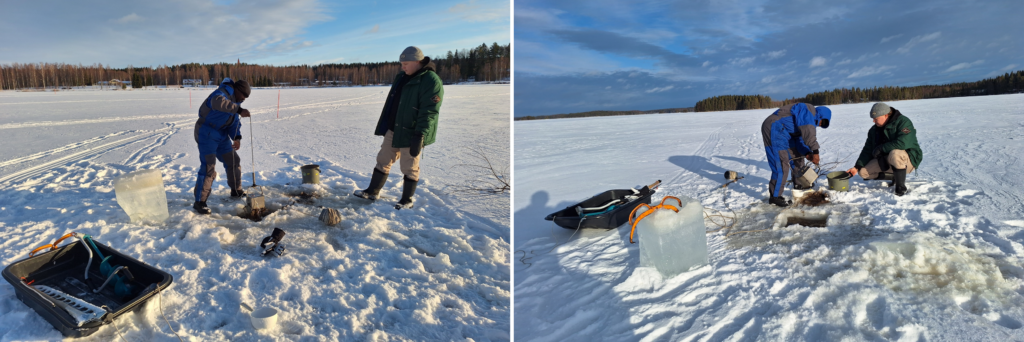Metal adsorption
We are working on several research projects on metal detection, monitoring, and removal from aquatic environments. Our research aims to develop advanced materials and analytical techniques for selective metal adsorption, real-time monitoring, and environmental assessment. Below are some of our key projects:
- Nanostructured hybrid materials: We are developing nanostructured hybrid materials for selective adsorption of metals from aqueous solutions. The materials are based on nanoporous materials such as porous silicon and silicon carbide functionalized with metal chelating functional groups. The aim is to develop materials that are selective toward certain metals, can reversibly adsorb and desorb the metals, and can be reused many times without significantly altering their properties.
- Detection and monitoring of metals in water and wastewater: This research focuses on advancing methods for detecting and monitoring metals present in water and wastewater systems. It aims to establish robust analytical techniques capable of accurately assessing metal concentrations across various water sources and treatment stages. By refining sampling protocols, evaluating matrix effects, and optimizing detection limits, our goal is to enable reliable and efficient measurements of metals.
- Detection and monitoring of heavy metals in lake sediments: A key goal of this research is to create robust, site-specific calibrations that can be applied across various lake sediment types to analyse the metal content in lake sediments. By refining spiking procedures, assessing pH effects, and evaluating metal adsorption efficiencies, we are developing calibrations that allow for reliable on-site and laboratory measurements of metals like Cu, Zn, Ni, and As in both wet and dry sediments. Through laboratory and field validations, these calibrations support rapid, precise, and adaptable monitoring of heavy metal pollution in diverse aquatic environments, contributing to improved environmental management and protection of sensitive ecosystems.

- Real-time spatial mapping of metal contamination in environmental waters using portable X-ray fluorescence (p-XRF) technology: The work focuses on developing a field-deployable method that integrates p-XRF with GIS for rapid, accurate monitoring of metal concentrations. By automating data processing and visualization, this approach enables dynamic pollution tracking and supports proactive water quality management.
Technology originating from our group is being commercialized by a spin-off company 3AWater, which offers innovative portable solutions for real-time, on-site detection of trace metal concentrations